PR-619
Synonym(s):2,6-Diamino-3,5-dithiocyanopyridine;Thiocyanic acid C,C′-(2,6-diamino-3,5-pyridinediyl) ester; 2,6-Diaminopyridine-3,5-bis(thiocyanate)
- CAS NO.:2645-32-1
- Empirical Formula: C7H5N5S2
- Molecular Weight: 223.28
- MDL number: MFCD00830384
- EINECS: 200-256-5
- SAFETY DATA SHEET (SDS)
- Update Date: 2024-11-19 15:53:33

What is PR-619?
Description
PR-619 (2645-32-1) is a nonselective, reversible inhibitor of cysteine-reactive deubiquitinating enzymes (DUBs; 5-20 μM)1. PR-619 is highly useful for preserving ubiquitinated proteins during cell lysis. DUBs become unregulated in cell lysates and will act quickly to deubiquitinate proteins of interest during cell lysis. To preserve maximum amounts of ubiquitinated protein, include PR-619 (50-100 μM) in lysis buffers. PR-619 is also useful for interrogating the role of DUBs in intact cell systems2, and treatment of cells results in an overall accumulation of ubiquitinated proteins and many other phenotypes.
The Uses of PR-619
PR-619 has been used:
- as a component of lysis buffer and also as a deubiquitinase inhibitor to treat proteins derived from SILAC-labeled Jurkat cells
- as a pan-deubiquitinase inhibitor to study its effect on adenoassociated virus (AAV) transduction
- in radioimmunoprecipitation assay buffer (RIPA) buffer used for ubiquitination assays
The Uses of PR-619
PR 619 is a broad-range DUB inhibitor. A selective and general inhibitior of cellular DUB activity without direct impairment of proteasomal proteolysis. Used in the preparation of thiazolopyridines an d bisthiazolopyridines.
Biochem/physiol Actions
PR-619 is a cell permeable broad spectrum deubiquitylating enzymes (DBUs) inhibitor. PR-619 induces the accumulation of polyubiquitylated proteins in cells without directly affecting proteasome activity.
storage
Store at -20°C
References
1) Altun?et al. (2011),?Activity-based chemical proteomics accelerates inhibitor development for deubiquitylating enzymes; Chem. Biol.,?18?1401 2) Seiberlich?et al. (2012),?The small molecule inhibitor PR-619 of deubiquitinating enzymes affects the microtubule network and causes protein aggregate formation in neural cells: implications for neurodegenerative diseases; Biochim. Biophys. Acta,?1823?2057
Properties of PR-619
| Melting point: | 210℃ |
| Boiling point: | 406.0±45.0 °C(Predicted) |
| Density | 1.61±0.1 g/cm3(Predicted) |
| storage temp. | -20°C |
| solubility | DMSO: soluble5mg/mL (clear solution) |
| pka | -0.19±0.50(Predicted) |
| form | powder |
| color | white to beige |
| Stability: | Stable for 2 years from date of purchase as supplied. Solutions in DMSO may be stored at -20° for up to 1 month. |
Safety information for PR-619
| Signal word | Danger |
| Pictogram(s) |
 Corrosion Corrosives GHS05  Exclamation Mark Irritant GHS07 |
| GHS Hazard Statements |
H302:Acute toxicity,oral H315:Skin corrosion/irritation H317:Sensitisation, Skin H318:Serious eye damage/eye irritation H335:Specific target organ toxicity, single exposure;Respiratory tract irritation |
| Precautionary Statement Codes |
P261:Avoid breathing dust/fume/gas/mist/vapours/spray. P280:Wear protective gloves/protective clothing/eye protection/face protection. P305+P351+P338:IF IN EYES: Rinse cautiously with water for several minutes. Remove contact lenses, if present and easy to do. Continuerinsing. |
Computed Descriptors for PR-619
New Products
Tert-butyl bis(2-chloroethyl)carbamate (S)-3-Aminobutanenitrile hydrochloride N-Boc-D-alaninol N-BOC-D/L-ALANINOL N-octanoyl benzotriazole 4-Hydrazinobenzoic acid 3,4-Dibenzyloxybenzaldehyde 3-Nitrobenzaldehyde 1,1’-CARBONYLDIIMIDAZOLE R-2-BENZYLOXY PROPIONIC ACID 1,1’-CARBONYLDI (1,2-4 TRIAZOLE) 4-HYDROXY BENZYL ALCOHOL 3-NITRO-2-METHYL ANILINE (2-Hydroxyphenyl)acetonitrile 5-BROMO-2CYANO PYRIDINE 5,6-Dimethoxyindanone 5-broMo-2-chloro-N-cyclopentylpyriMidin-4-aMine 2-(Cyanocyclohexyl)acetic acid 4-methoxy-3,5-dinitropyridine 2-aminopropyl benzoate hydrochloride 1-(4-(aminomethyl)benzyl)urea hydrochloride tert-butyl 4- (ureidomethyl)benzylcarbamate diethyl 2-(2-((tertbutoxycarbonyl)amino) ethyl)malonate Ethyl-2-chloro((4-methoxyphenyl)hydrazono)acetateRelated products of tetrahydrofuran
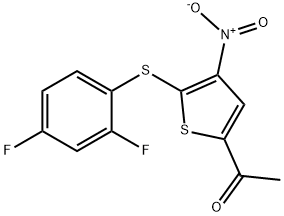
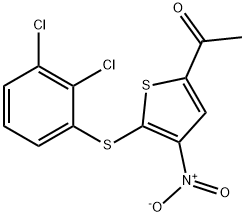
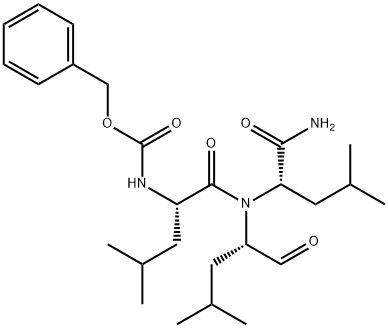

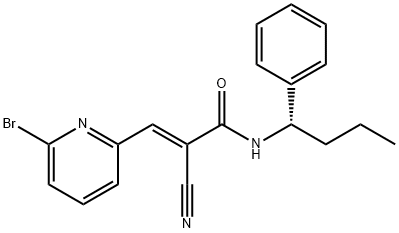
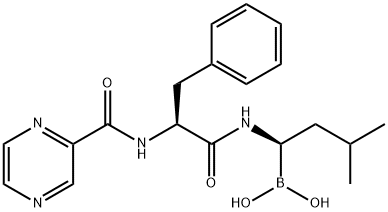
![(E)-3-[[[3-[2-(7-CHLORO-2-QUINOLINYL)ETHENYL]PHENYL]-[[(3-DIMETHYLAMINO)-3-OXOPROPYL]THIO]METHYL]THIO]-PROPANOIC ACID, SODIUM SALT](https://img.chemicalbook.in/CAS/GIF/115104-28-4.gif)
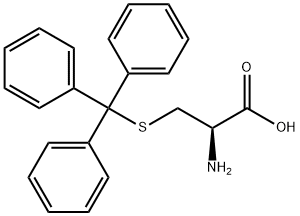
You may like
-
 PR-619 >95% CAS 2645-32-1View Details
PR-619 >95% CAS 2645-32-1View Details
2645-32-1 -
 PR-619 CAS 2645-32-1View Details
PR-619 CAS 2645-32-1View Details
2645-32-1 -
 55441-95-7 99%View Details
55441-95-7 99%View Details
55441-95-7 -
 N-Vinylformamide 99%View Details
N-Vinylformamide 99%View Details
13162-05-5 -
 Chloro Uracil 1820-81-1 99%View Details
Chloro Uracil 1820-81-1 99%View Details
1820-81-1 -
 2-ethyl-6-methyl-3-hydroxypyridine succinate 99%View Details
2-ethyl-6-methyl-3-hydroxypyridine succinate 99%View Details
127464-43-1 -
 2-ETHYLPYRIDINE 100-71-0 99%View Details
2-ETHYLPYRIDINE 100-71-0 99%View Details
100-71-0 -
 181228-33-1 (S)-Methyl 3-amino-2-((tert-butoxycarbonyl)amino)propanote Hydrochloride (DAP-OMe. HCl) 99%View Details
181228-33-1 (S)-Methyl 3-amino-2-((tert-butoxycarbonyl)amino)propanote Hydrochloride (DAP-OMe. HCl) 99%View Details
181228-33-1